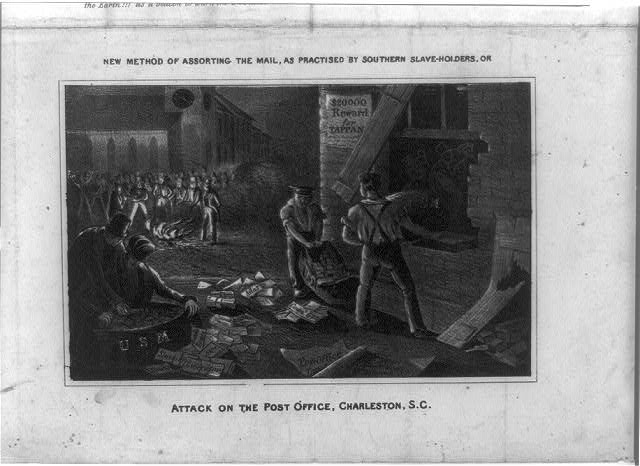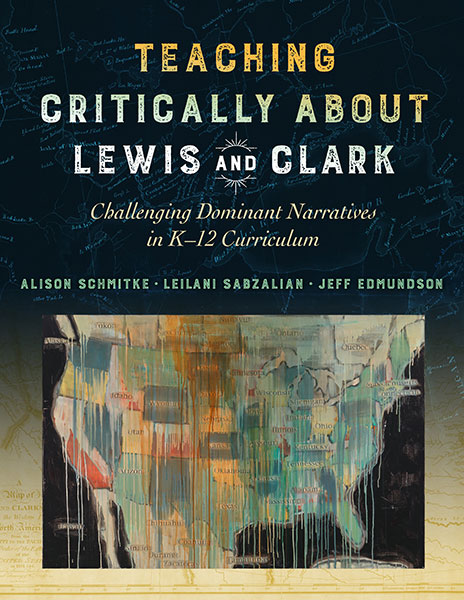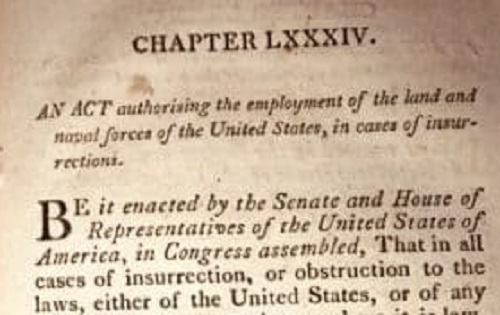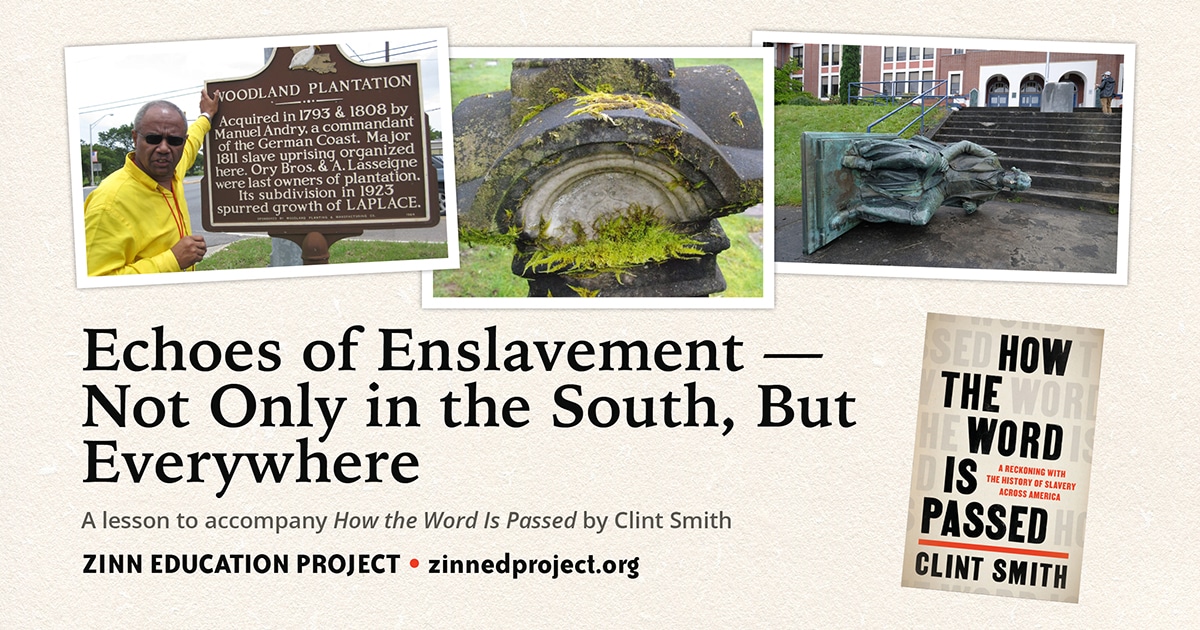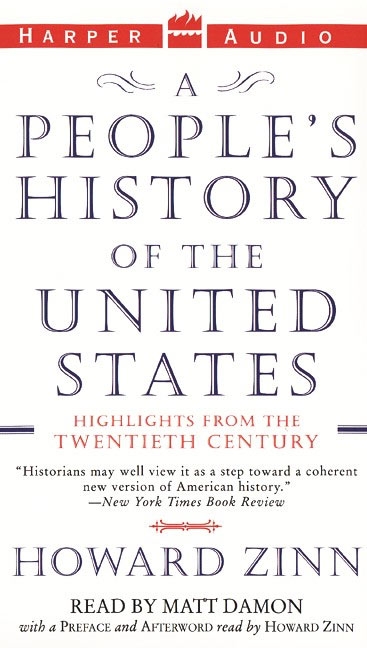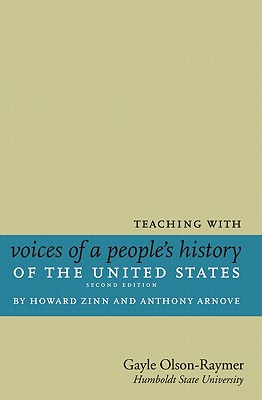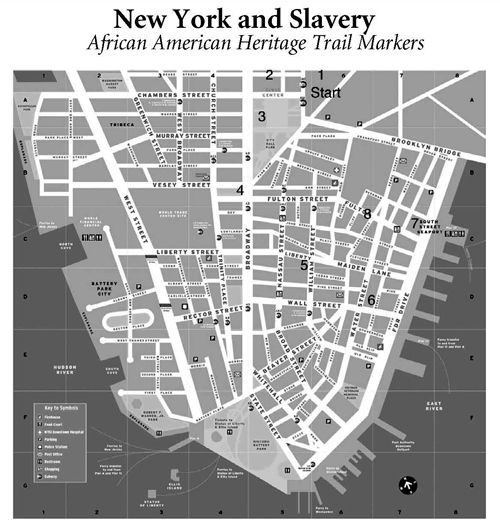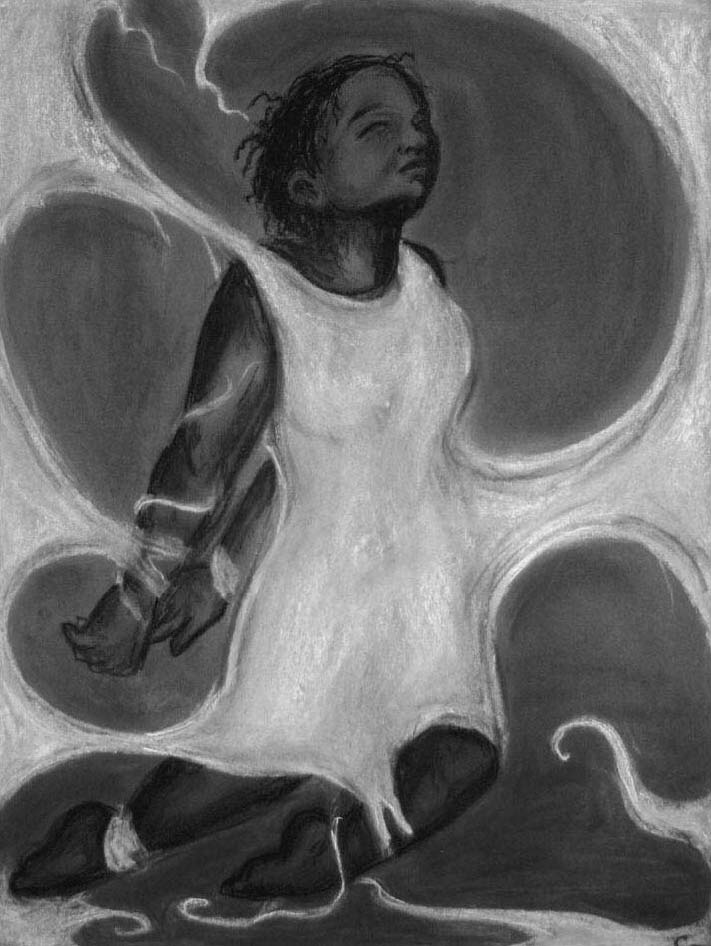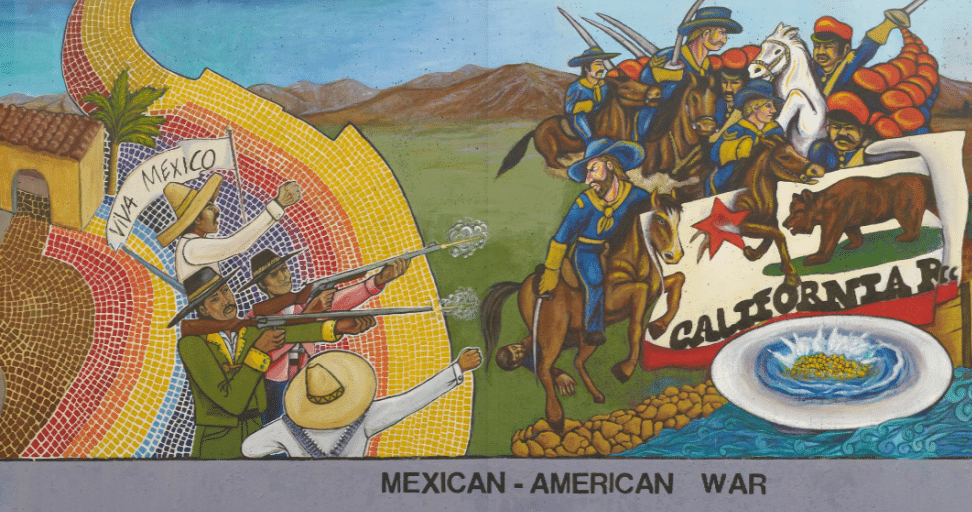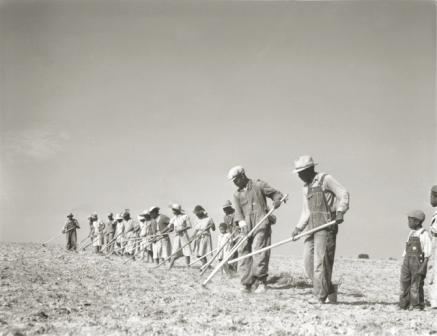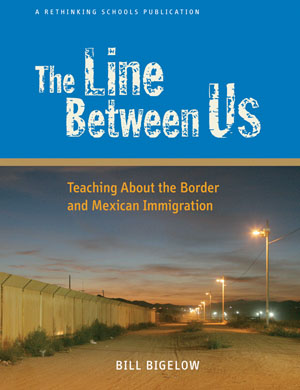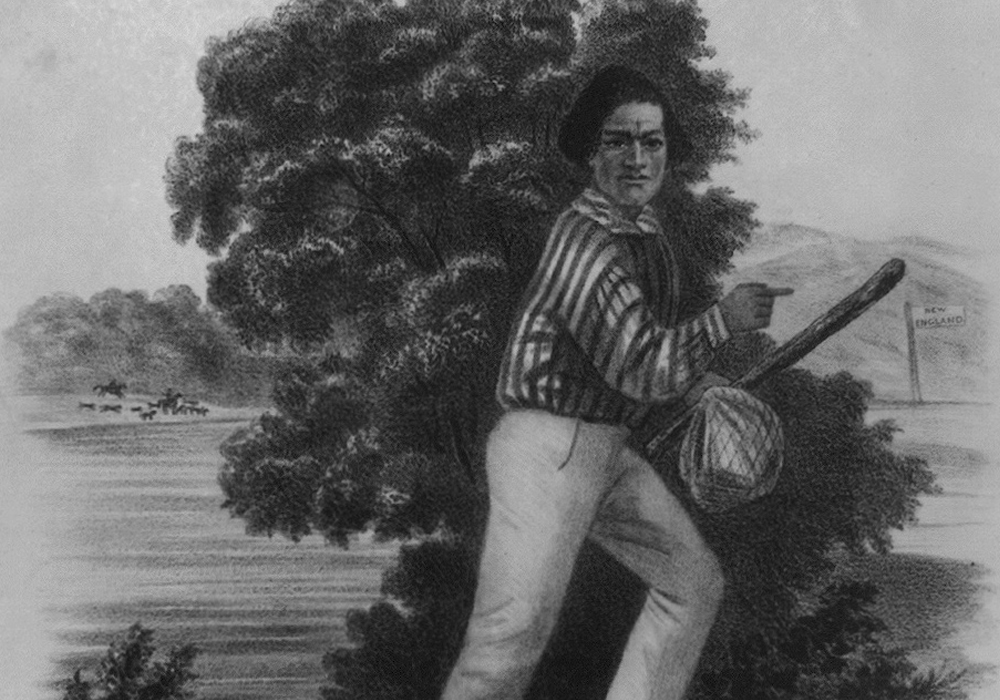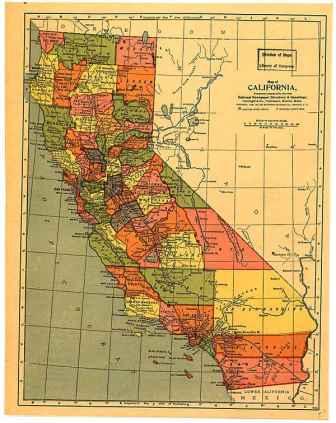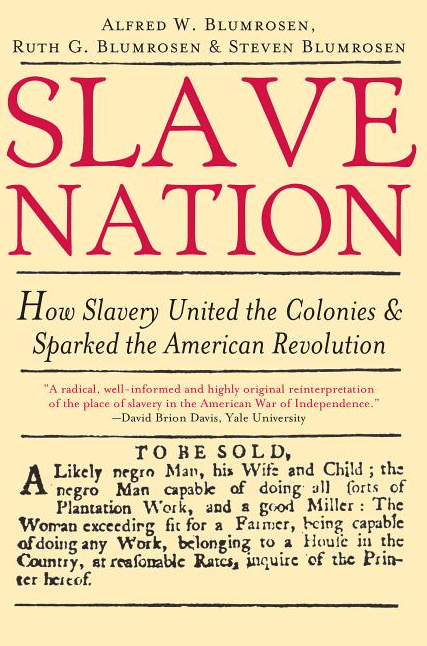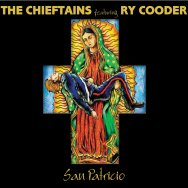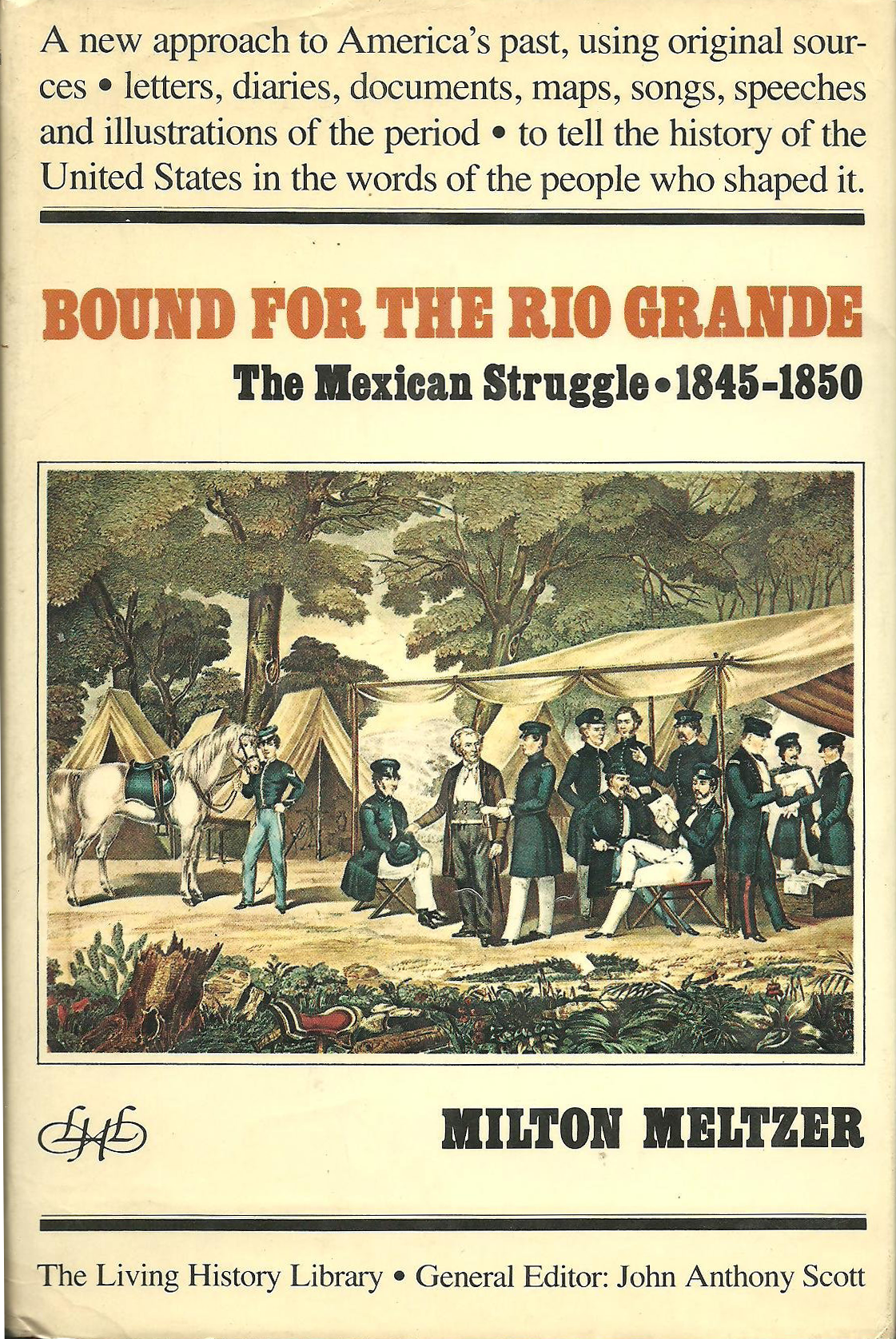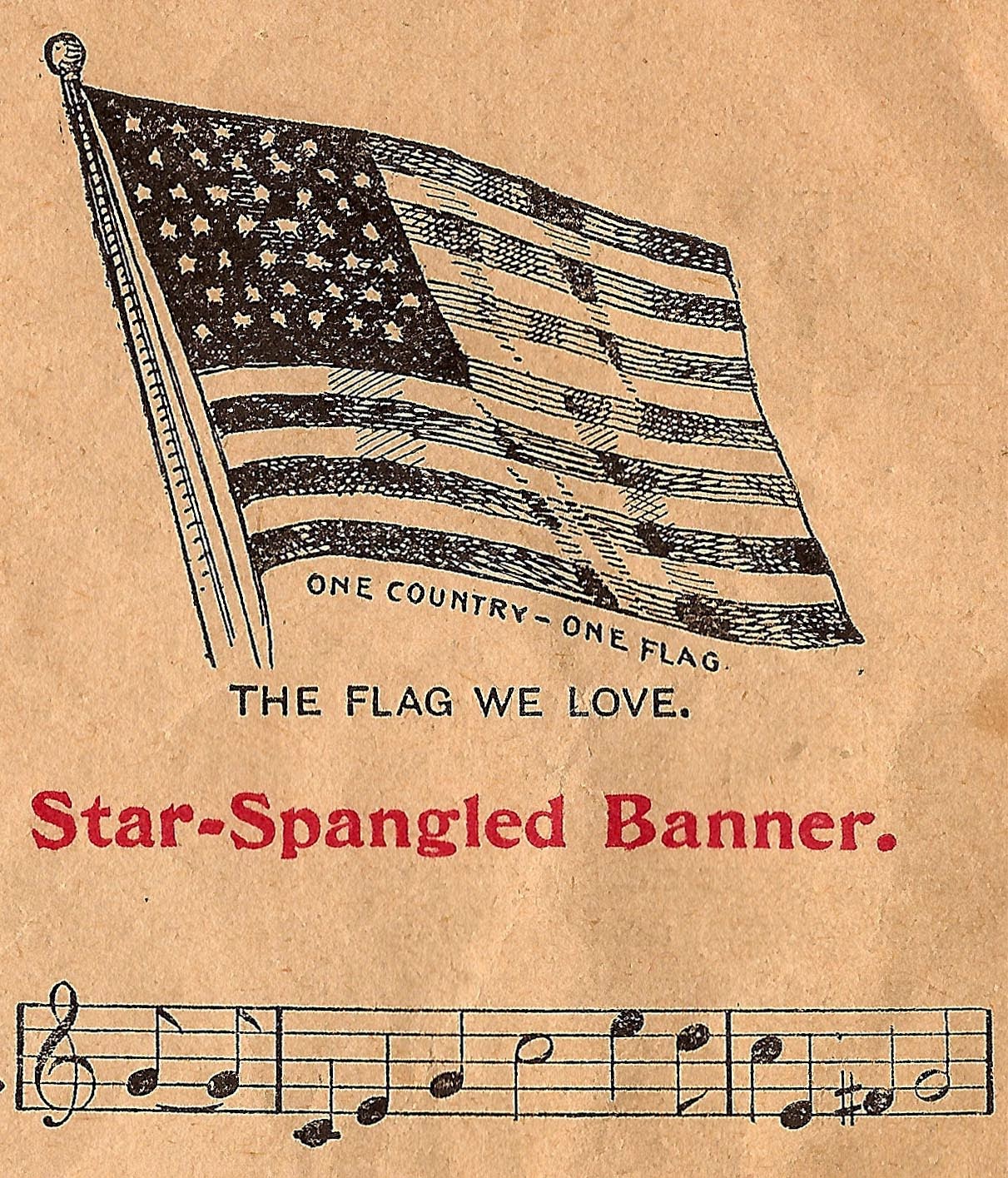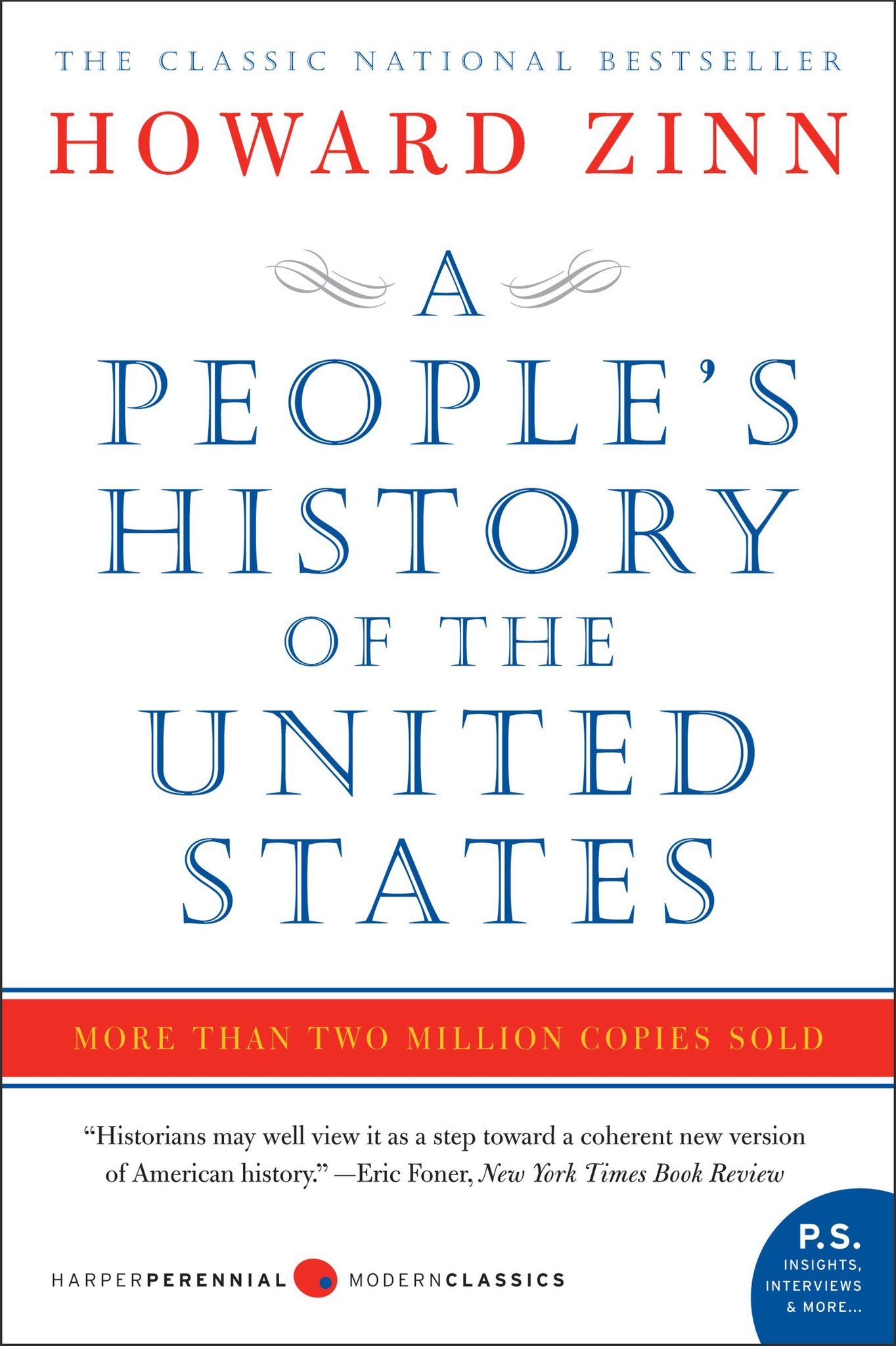Africans on the Cuban schooner Amistad rose up against their captors, seizing control of the ship, which had been transporting them to chattel slavery.
Continue reading
Film. Directed and produced by Stanley Nelson. 1999. 83 minutes.
This documentary chronicles 150 years of Black journalists, printers, and Black-owned newspapers in the United States.
Continue reading
Late night raid on the Charleston post office by a mob of white supremacists and the burning of abolitionist mail.
Continue reading
Book — Non-fiction. By Alison Schmitke, Leilani Sabzalian, Jeff Edmundson. 2020. 216 pages.
This much-needed guide unpacks the colonial narrative that dominates most mainstream histories of the Corps of Discovery expedition.
Continue reading
Digital collection.
Through this website, over 130,000 voyages made in the Trans-Atlantic and Intra-American slave trade can be searched, filtered, and sorted by variables including the port of origin, the number of enslaved Africans on board, and the ship's name.
Continue reading
President Thomas Jefferson put his signature on the law known as the Insurrection Act.
Continue reading
Teaching Activity. By Ursula Wolfe-Rocca.
Students discover “echoes of enslavement” in their own state — discrete sites of remembering, forgetting, honoring, lying, or distorting — in this lesson based on the book How the Word Is Passed by Clint Smith.
Continue reading
Audio. By Howard Zinn. Read by Matt Damon. 2003. 8 hours, 44 minutes.
Audio book version of excerpted highlights from A People's History of the United States.
Continue reading
Teaching Activity. By Gayle Olson-Raymer. 14 pages.
Questions and teaching ideas for Chapter 8 of Voices of a People's History of the United States on The Mexican-American War and domestic resistance to it.
Continue reading
Teaching Activity. By Alan J. Singer. Rethinking Schools. 7 pages.
How a teacher and his students organized a tour of the hidden history of slavery in New York.
Continue reading
Article. By Bill Bigelow. Rethinking Schools.
Critique of the popular "Oregon Trail" computer game.
Continue reading
Teaching Activity. By Bill Bigelow. 17 pages.
A role play allows students to examine issues of race and class when exploring both the accomplishments and limitations of the Seneca Falls Convention.
Continue reading
Teaching Activity. By Gayle Olson-Raymer. 18 pages.
Questions and teaching ideas for Chapter 7 of Voices of a People's History of the United States on the American policy of "Manifest Destiny" and Native American resistance to their own displacement.
Continue reading
Teaching Activity. By Thom Thacker and Michael A. Lord. Rethinking Schools. 4 pages.
An art contest is used as the basis from which students can examine primary historical documents (advertisements for runaway slaves) to gain a deeper understanding of the institution of slavery in the North.
Continue reading
Teaching Activity. Lesson by Bill Bigelow and student reading by Howard Zinn. Rethinking Schools. 21 pages.
Interactive activity introduces students to the history and often untold story of the U.S.-Mexico War. Roles available in Spanish.
Continue reading
Teaching Guide. By Gayle Olson-Raymer. 17 pages.
Questions and teaching ideas for Chapter 9 of Voices of a People's History of the United States on black and white resistance to slavery before the Civil War.
Continue reading
Teaching Guide. By Bill Bigelow. 2006. 160 pages. Rethinking Schools.
Lessons for teaching about the history of U.S.–Mexico relations and current border and immigration issues.
Continue reading
Teaching Activity. By Bill Bigelow. 7 pages.
A lesson to introduce students to the numerous and varied ways African Americans resisted their enslavement, using the autobiographical Narrative of the Life of Frederick Douglass.
Continue reading
Teaching Activity. By Gayle Olson-Raymer. 15 pages.
Questions and teaching ideas for Chapter 12 of Voices of a People's History of the United States on internal dissent over American expansionist policies.
Continue reading
Book — Non-fiction. By Alfred Blumrosen and Ruth Blumrosen. 2006. 304 pages.
A detailed account of the role slavery played in the Revolutionary War and the writing of the U.S. Constitution.
Continue reading
Audio. By The Chieftains featuring Ry Cooder. 2010.
Ballads about the San Patricio Battalion during the U.S. Mexico War.
Continue reading
Background Reading (PDF) and Song. Reading by Milton Meltzer and song by David Rovics. 1974. 4 pages and 5 minutes.
The story of the San Patricio Battalion, Irish-American soldiers who deserted the U.S. Army during the U.S.-Mexican War and fought on the side of the Mexicans.
Continue reading
Poem. By Nigel Gray.
Poem about the causes and impact of the Irish Potato Famine.
Continue reading
Article. By Jefferson Morley. 2012.
"Star-Spangled Banner" songwriter Francis Scott Key opposed abolitionists and free speech in his role as district attorney of the city of Washington.
Continue reading
Book — Non-fiction. By Howard Zinn. 2005, with a new introduction by Anthony Arnove in 2015. 784 pages.
Howard Zinn's groundbreaking work on U.S. history. This book details lives and facts rarely included in textbooks—an indispensable teacher and student resource.
Continue reading



